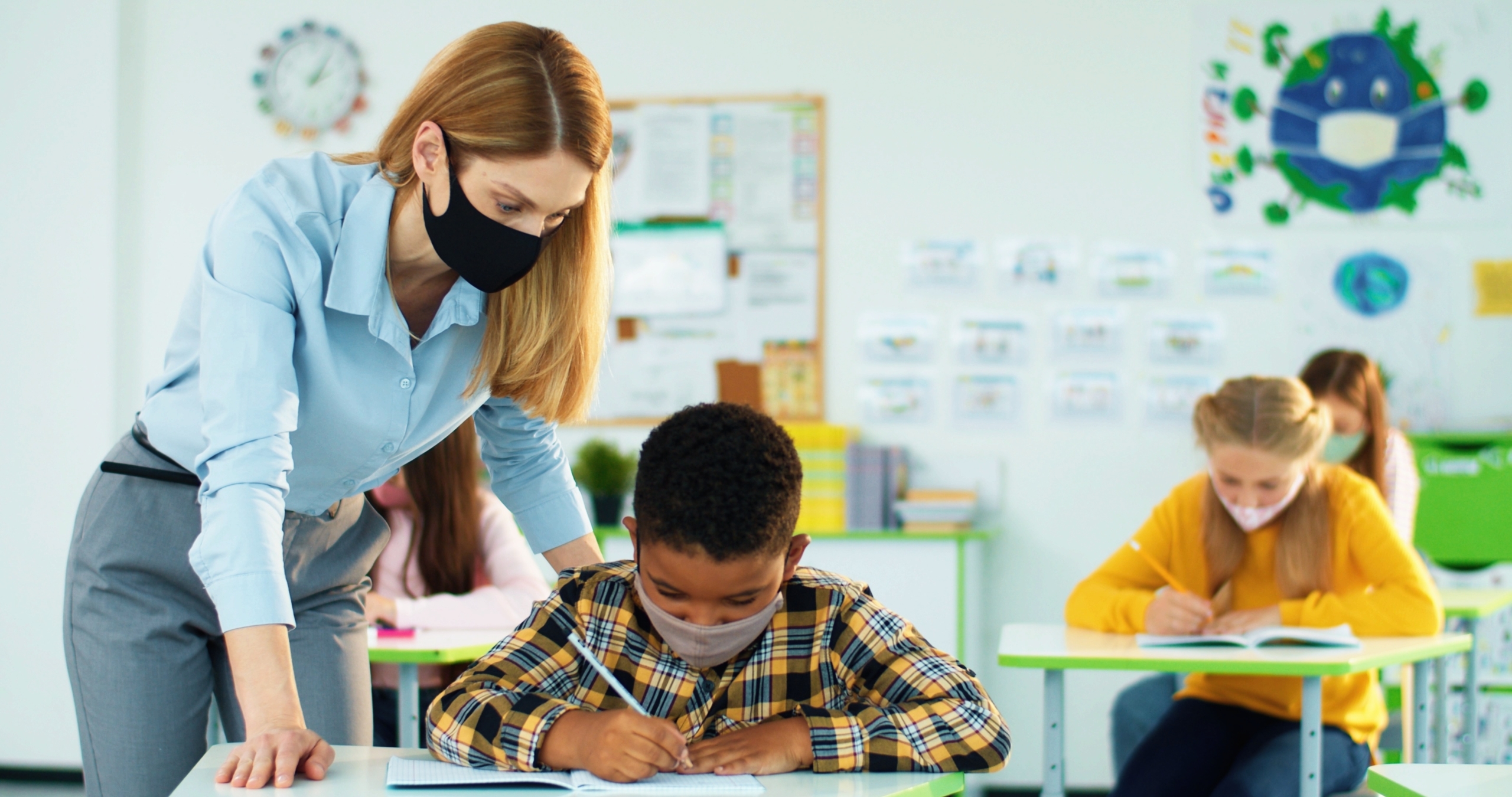
Keeping Students Safe With In-School Flu and COVID-19 Testing
In this webinar, experts from NAESP partner BD share strategies to keep school communities healthy with school-based flu and COVID-19 testing.
Topics: Pandemic Leadership
As students return to classrooms, schools face the combined challenges of the surging variants, students too young to receive a vaccine, and the flu season. In a recent webinar, experts Megan Wimmer, Becton Dickinson; Jeff Andrews, M.D., FRCSC, BD Life Sciences; and Scott Miscovich, M.D., Premier Medical Group USA, discussed the benefits of asymptomatic screening of COVID-19 using rapid antigen serial testing, which can help limit outbreaks and keep schools open. They also shared best practices on how to set up an effective and efficient process for testing in schools, as well as options for testing that quickly and efficiently delivers results on COVID-19 and Flu A+B.
Didn’t get a chance to participate in the webinar? Here’s a recap.
Tips to Keep Schools Safe
- As of this webinar, schools without testing who have a positive COVID case are recommended to send all students home for a 10-day quarantine. Testing can help bring students back earlier or keep more of them in school. According to a UK study, if you have one student who’s positive out of a classroom of 25, they kept the remaining 24 students in the classroom and did daily testing on each student every day for seven days. This showed an effective way to manage the outbreak and keep students safely in the classroom.
- Testing should be based on the individual because it’s a medical process, not a testing process. Deciding the right cadence of testing is up to schools to decide. There’s a cost consideration: Antigen testing that BD produces is much less expensive than PCR testing. Cadence of testing depends on the percent of positivity in your local area:
- If you have 10 percent positivity in your region, twice-a-week testing in schools is recommended; and
- If you have only 1 or 2 percent positivity in your region, surveillance testing is recommended, which, as an example, might test 25 percent of a school weekly for a four-week period.
- Once you have a positive test result, the process starts. Parents and families have to be notified. Then the CDC guidelines come into play; schools have to report to either county or state departments of health.
- Districts with multiple schools can set up centralized testing in parking lots, stadiums, or any other community center.
- With vaccination approvals for students age 12 and older and soon-to-be approved for those under age 12, schools can set up dual centers that offer vaccinations and testing simultaneously.
- The vaccine doesn’t stop people from contracting the virus, but it does overwhelmingly stop vaccinated people from dying if they contract COVID-19.
Setting Up Testing Programs
For schools that are ready to implement school-based flu and COVID-19 testing, test companies like BD, who works with Premier Medical Group USA to get testing programs off the ground, go into schools to teach them the process and integrate technology to keep the process smooth. For the remaining two-thirds—those who feel school-based testing is too challenging given their resources—these companies work with them to offer a turnkey solution offering all of the technology, logistics and planning, medically qualified people to help, and even setup of tables to implement testing. These companies also have processes in place to help with contact tracing.
Watch the full webinar on the NAESP website. Learn more about BD.

